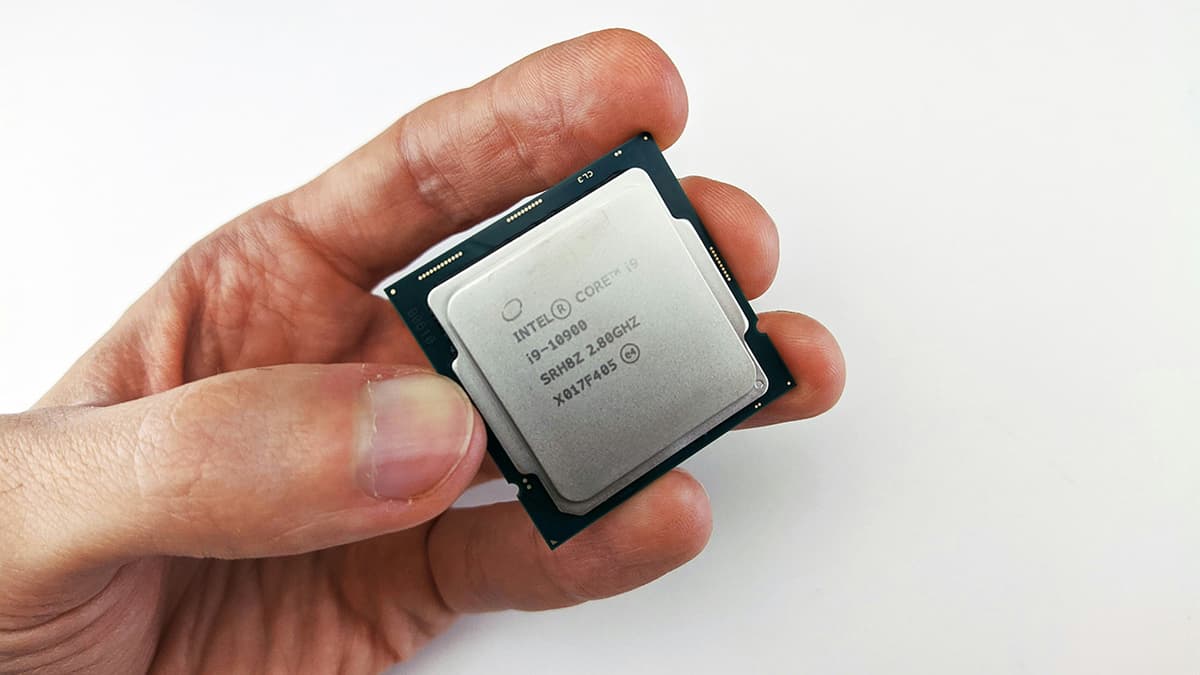Learning AI by Practice: Perceptrons, Neural Networks, and Bayesian AI
Many individuals are eager to gain practical knowledge of key concepts like perceptrons, neural networks, and Bayesian AI. This article explores the importance of learning AI through practice and the role these concepts play in AI development.
Importance of Practical Learning in AI
AI is a rapidly evolving field where theoretical knowledge alone is not enough. Practical experience is crucial for understanding the complexities involved in developing and deploying AI systems. Engaging in practical exercises helps individuals grasp the nuances of AI algorithms and apply them to real-world scenarios. This hands-on approach enables learners to effectively tackle complex AI challenges.
Perceptrons: The Building Blocks of Neural Networks
What are perceptrons? They serve as the foundation of neural networks, a class of AI models inspired by the human brain. A perceptron is a binary classifier that determines whether an input belongs to a specific class. It processes input data using weighted connections and an activation function to produce an output. Understanding perceptrons is essential for comprehending the inner workings of neural networks.
Neural Networks: Unleashing the Power of Deep Learning
What are neural networks? Built upon perceptrons, these networks consist of interconnected layers of artificial neurons that enable learning of complex patterns and accurate predictions. Deep learning, a subset of machine learning, relies on neural networks to address intricate problems.
Bayesian AI: Enhancing Decision-Making with Uncertainty Quantification
What is Bayesian AI? It involves applying Bayesian inference in artificial intelligence. This framework allows reasoning under uncertainty and effectively quantifies uncertainties in predictions. By incorporating prior beliefs and updating them with new evidence, Bayesian AI systems can make informed decisions in complex environments.
The Role of Bayesian Neural Networks
What are Bayesian neural networks? They combine the power of neural networks with the uncertainty quantification of Bayesian inference. These networks provide probabilistic outputs, enabling measurement of confidence and uncertainty in predictions. This capability is especially valuable in domains where trustworthiness and explainability are crucial.
Learning AI through practical engagement with concepts like perceptrons, neural networks, and Bayesian AI is vital for a thorough understanding of this evolving field. Practical exercises bridge the gap between theory and real-world applications, leading to the development of accurate, reliable, and explainable AI systems.












